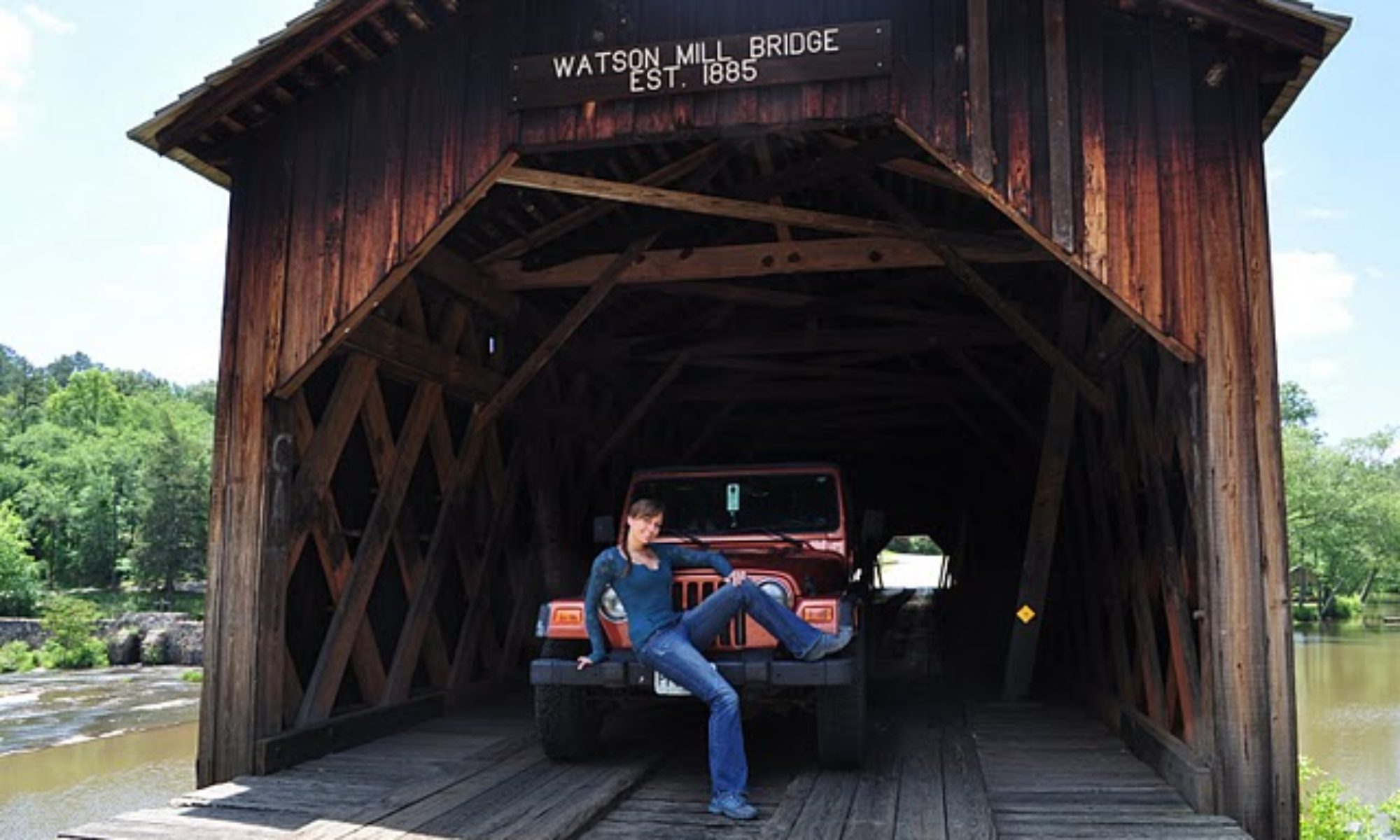The wonders of the world are often those that awe us in time. Those magnificent wonders that have been standing more years any of us can quite comprehend. It isn’t unusual to find geologic wonders of the world. The mere idea that you can gaze upon something so spectacular that was created over a span of millions of years is both difficult to wrap the mind around, and overwhelmingly joyful.
Not suprisingly, it isn’t as often to find something created by man that can achieve the same effect. Those objects that man create usually defy nature so blatantly that their time on this land, without constant care for generations, is usually short. If we see things such as this today they have been “restored” back to their original shape. They take constant care and maintenance to enjoy such a man made splendor. It is because of this that very few creations that weren’t a product of natural processes remain in their original state. Today I journeyed from Starkville, MS to Vacherie, LA so that I could personally see such a man-made wonder: Oak Alley plantation.
While I absolutely love antebellum architecture, I am actually speaking of the trees when I refer to something that has held the test of time without any remodeling. These grand oak trees were planted by an unknown person in the early 1700s, and they have stood the test of time and guided the very splendor of the plantation itself. It turns out there is a way for man’s creation to stand the test of time without having to undergo restorative efforts after periods of neglect: use nature as the building material, canvass and structure all in one. Add nothing unnatural, simply guide what happens naturally.
The drive to Oak Alley wasn’t too eventful. I had been worried that I may have to change my Louisiana plans due to the flood waters that seemed to be chasing me down from Missouri. (I saw them on Day 2 in Arkansas and Memphis, TN) Luckily, I once again have just squeaked by as they don’t plan to open the flood gates until I will be out of the area. I took note of the Mississippi river as I passed over the bridge and had to circle back to drive along the closest road to the river on the Southern side, a road that rests many feet below the current level of the river on the other side of the levy. I saw many people stopping to take pictures of the river as it was slugging it’s way to the coast. Oak Alley faces the river, only a couple thousand feet from the levy, a line of stately, 300 year old oak trees leading the way from water to home.
My visit to Oak Alley Plantation was lovely. I arrived in time for a late lunch, and went to the restaurant they keep on the property. I had the pleasure of enjoying a Mint Julep on the porch (to which I can now say I have done, and that I may not do again. I didn’t particularly care for the drink but it is something everyone should try once). For lunch I had a cajun seasoned crawfish on top of fried catfish, served with rice and corn. Everything had it’s own Louisiana spice to it, even the ranch dressing atop the small salad that was served before the meal had some cajun seasoning. The tables all had small flower vases with fresh roses in them, something I imagine they must refresh daily.
The grounds themselves are as gorgeous as the antebellum house that stands center-attention of the oak trees. Large kettles, once used to boil the sugar cane, are now used as planters where water lillies are in bloom. The giant oak trees are covered in Resurrection moss, giving them their distinctive southern charm. The branches sweep down to the ground, and the roots are massive, erupting from the earth that contains them. Everything about these threes is organic except for one thing: Their perfect alignment into an “alley way” for visitors to traverse across the grounds to the grand home.
The tour of the house itself is given by a guide in period-appropriate attire. As is common with many older houses with antique portraits, furniture and draperies, no photography is allowed inside the home to protect them from camera flashes (and I imagine a right to the use of the photos. Although Oak Alley Plantation is now run by a non-profit group, it takes a lot of money to keep something like this up and running. Selling rights to photograph and use their property for events is one of the ways they can fund this enormous task).
There are numerous outbuildings to visit, such as the garage that houses two Ford Model-As, the cemetary, gardens, a civl war historian booth, and more. It woudln’t be difficult to spend an entire day there, though I would recommend a visit during April or early May. The south gets quite hot and humid during the summer and you won’t be able to enjoy the property to it’s full potential with so many activities being outdoors.
I haven’t looked at how many pictures I took while there, but I know they are up in the triple digits. The place is lovely to visit. It costs $18 to enter, which includes full access to the grounds and a tour of the home itself. If you chose to spend the entire day there, meals are very affordable ranging from $8-$16 for a plate. Drinks are a little more pricey (My Mint Julep, which is 3 parts bourbon and 1 part mint syrup, in a glass of crushed ice with a fresh mint sprig ran $6) but are still well under prices you would expect at any city bar. It’s a great place for good adult fun, I’d probably suggest not bringing your kids until they are old enough to enjoy history..quietly.
If you don’t mind a 45 minute drive, there is a fabulous state park that I decided to stay at following my visit to Oak Alley….In fact, it is so fabulous it is deserving of it’s own entry. Read “Day 4, Part II: Tickfaw State Park” to learn about this gem in the swamplands of Louisiana.
-Nicole

